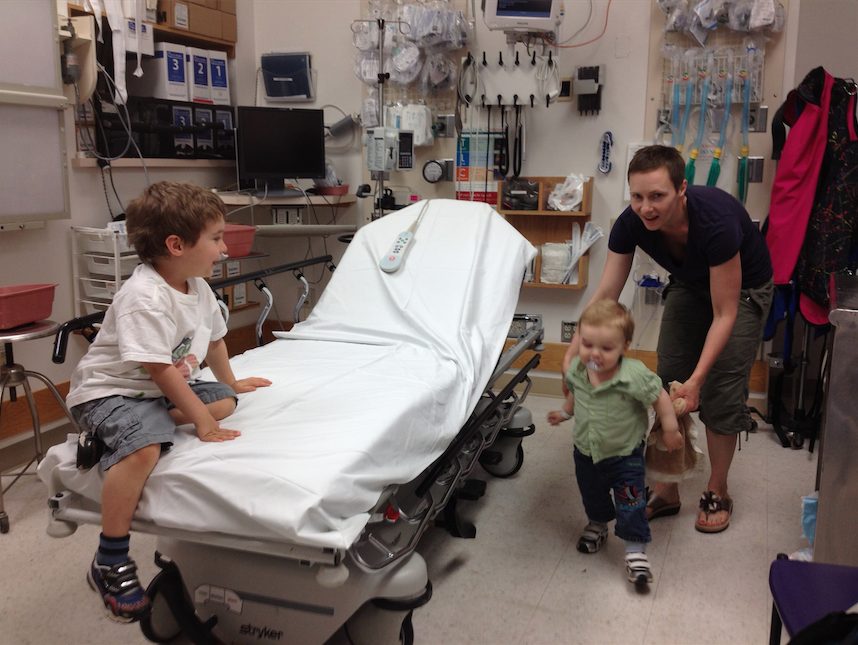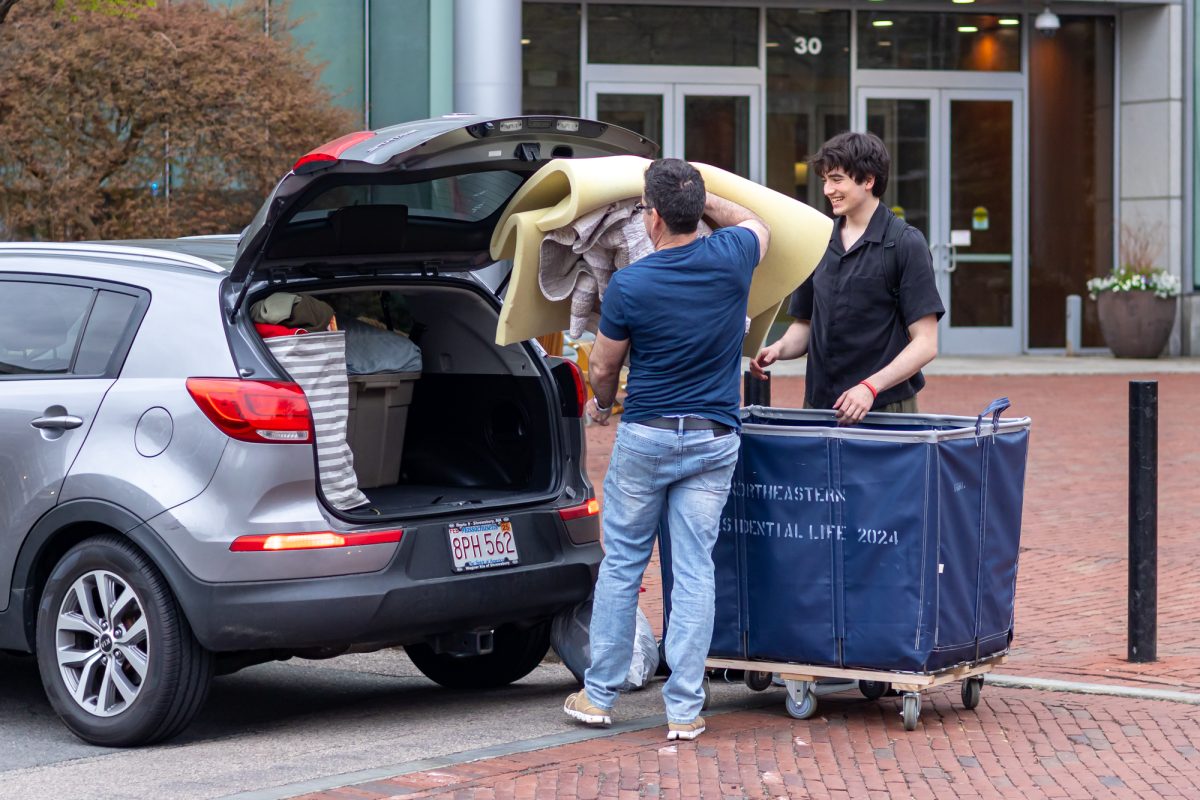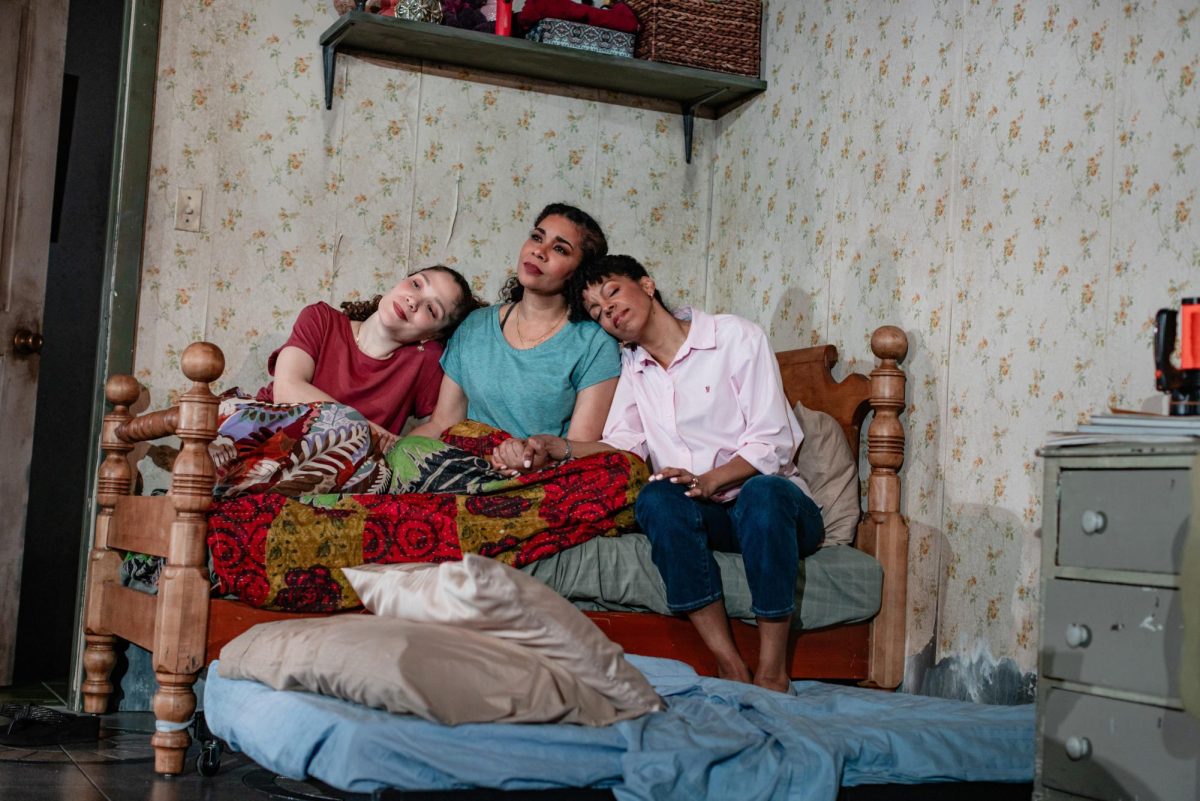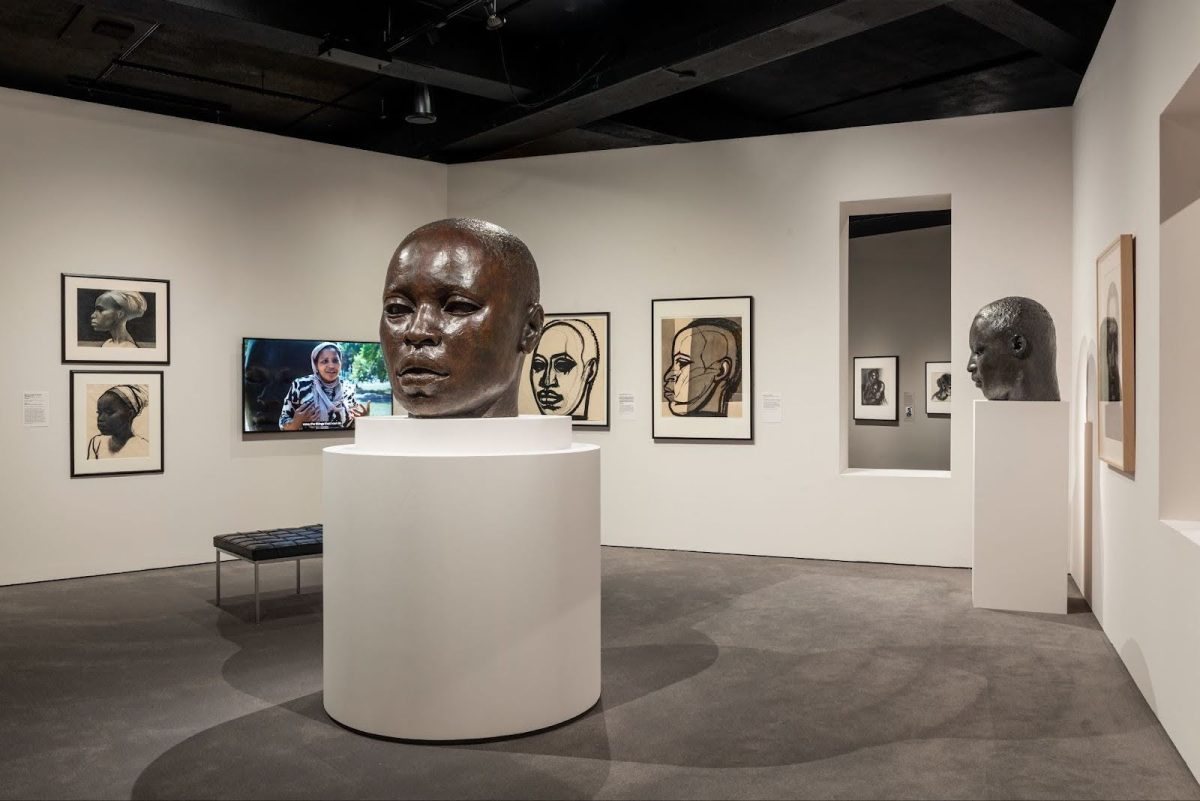By Angelica Recierdo, inside columnist
Funny and heartbreaking – two words that could be used in a film review for a romantic comedy, or rather in my case, working in pediatrics.
To me, working with the older adult patient population for my first co-op as a nursing student was the boot camp of medicine. You’re caring for people who,at the end of their lives,may be bitter, confused, careless or a little bit of each. It can be draining and leaves a novice jaded or with the toughest skin by the end of it.
So when I accepted an offer to work at Boston Children’s Hospital, it was a new and exciting venture, a breath of fresh air. I went from working 40–hour weeks consisting of rotating day, evening and night shifts on a huge 30+ bed inpatient cardiology unit to a comfy and fun 10-bed outpatient infusion clinic. The biggest struggles my new patients faced were missing a day of school, deciding which stuffed animal to play with and whether their parent was present to hold their hand when the IV catheter got inserted.
The Center for Ambulatory Treatment/Clinical Research is the official name for this infusion clinic serving patients of all ages, backgrounds and medical histories. A lot of our patients are immunocompromised, meaning that they are so severely prone to infection that they need to be infused regularly with intravenous immunoglobulin (otherwise known as antibodies to help support their immune system.) These are the kids that have Purell on their hands more often than Crayola marker.
Another portion of patients have some form of Irritable Bowel Disease (IBD) like Crohn’s or Ulcerative Colitis. I’ll never forget one ten-year-old boy who so openly shared with me that he could not be a firefighter when he grows up because how could he save people if he always had to go to the bathroom? (Kids really say the darndest things).
We also see a lot of Cystic Fibrosis and Cerebral Palsy patients as well. Their bodies protected in high-powered wheelchairs, eyes glossed to one side, with either the most contracted or most flaccid limbs you’ve ever felt. I try to joke with them and have learned that any kind of response like the fluttering of the eyes or a tighter hand grip means they’re listening. Children are always listening and it’s important to always give them something to think about.
I find myself laughing in a new way at work. It’s not forced or awkward the way social situations tend to be when interacting with other adults. It’s a genuine chuckle, throwing my head back or slapping my thigh. I find my voice rising to the next octave, trying to gain a toddler’s trust with one hand wielding a blood pressure cuff and the other a paintbrush. So many wonderfully amusing things happen at a children’s hospital.
For example, to electronically document vital signs on a computer application, there is an option that prompts the clinician to choose what position the child is in during the vital signs measurement. The three options are sitting, standing and supine. But it warms my heart that my biggest worry is figuring out how to chart such movements as dancing, kneeling, crawling or squirming.
I have learned that it’s important to always remember the time when a decorative Band-Aid covered up pain, when animal crackers and apple juice nourished us and when a coloring book was sufficient distraction. Working with sick children has taught me ways to cope with profound stress and how to truly make the best of given situations. It’s not normal for a five year old to know where her “good” veins are, but that kind of acceptance and courage is of a caliber that is more commonly seen much later in life, and in some cases, never at all.
Photo courtesy, creative commons, Juhan Sonin









